
Essential PPE in the Food Industry: What You Need to Know
Overwhelmed by PPE options for food safety? Master your PPE selection for food workers safety with these practical tips.
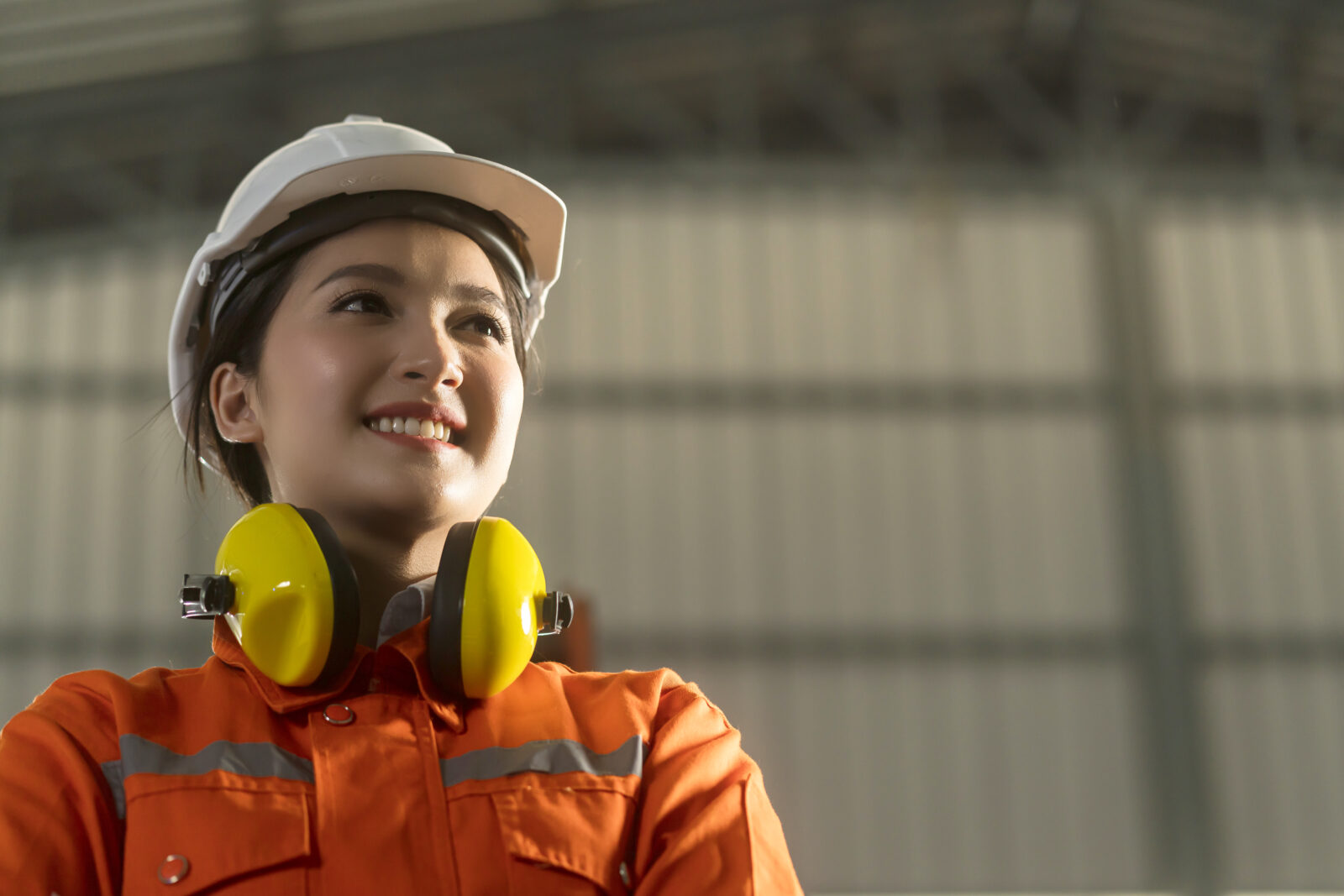
Get 20€ off on your first order!
Looking for the right earmuffs for your workplace? This guide will help you choose the best hearing protection to suit your needs, whether you work in construction, manufacturing, or logistics. We’ll cover key features like noise reduction, comfort, and durability, plus introduce top suppliers and options for different environments.
By the end of this article, you’ll be equipped to make an informed decision and find the perfect earmuffs for your needs. We’re here to help you stay comfortable and protected, with solutions for any future questions or needs you may have.
Selecting the right type depends on your specific needs. Here are the main categories:
These earmuffs use padding and acoustic foam to block noise effectively. Ideal for industries like manufacturing or construction, they are easy to use and maintenance-free.
Equipped with technology to amplify low sounds while managing challenging noise levels, these earmuffs are excellent for environments where communication is crucial. Their advanced features often make them a preferred choice in the automotive industry.
Designed for dual purposes like noise reduction and ear warmth, specialized earmuffs are perfect for cold climates or outdoor jobs. Some models also integrate with communication devices.
For additional insights, explore this guide.
To help you decide, here’s a comparison chart highlighting the advantages and use cases of passive earmuffs, electronic earmuffs, and earplugs:
| Feature | Passive Earmuffs | Electronic Earmuffs | Earplugs |
| Noise Reduction | High (NRR 25-30) | Adjustable (Amplifies low sound) | Moderate (NRR 20-25) |
| Comfort | Good for extended use | Excellent with customization | May cause discomfort over time |
| Communication | Limited | Superior with amplification | Poor |
| Durability | High | High | Single or limited-use |
| Use Case | Manufacturing, construction | Automotive, collaborative work | Quick, disposable protection |
When choosing earmuffs, focus on the following features to ensure they meet your needs:
The NRR is a important factor that indicates the level of noise reduction. Higher ratings provide greater protection. For industrial use, consider earmuffs with an NRR of 25 or higher.
Earmuffs should fit snugly without causing discomfort. Look for adjustable headbands and cushioned ear cups, especially if you need to wear them for extended periods.
Durable materials, such as ABS plastic and high-quality foam, ensure long-lasting performance even in rugged environments.
Features like Bluetooth connectivity, compatibility with hard hats, or integrated microphones can enhance functionality. Explore options from top suppliers like KASK Deutschland or Portwest.
When selecting earmuffs, it is essential to ensure compliance with European safety standards. Look for products certified under EN 352, which sets the requirements for hearing protection devices in Europe. This certification ensures that the earmuffs meet protection standards and meet the necessary quality standards for industrial and personal use.
Proper sizing ensures optimal protection and comfort. Here’s a quick guide:
| Feature | Ideal Specification |
| Headband Length | Adjustable to fit all head sizes |
| Ear Cup Size | Fully covering the ears |
| Padding Thickness | Sufficient to prevent sound leaks |
Refer to specific models from suppliers like Juha Rantanen for tailored options.
The following suppliers offer reliable earmuff solutions for various industries:
Earmuffs play a vital role in safeguarding workers in:
For a broader understanding of their uses, explore this related article.
To complement your earmuffs, consider these related categories:
Learn how to choose the right earplugs here.
We hope this guide has been helpful in navigating the essential factors for choosing the right earmuffs, from noise reduction ratings to comfort and durability. Whether you’re protecting your hearing in construction or enhancing communication in a noisy work environment, we’re here to support your needs.
Explore the full range of earmuffs on Droppe, where trusted brands like Juha Rantanen, KASK Deutschland, and Moldex are just a click away.
Have questions or need advice on finding the perfect earmuffs? Don’t hesitate to reach out—we’re always here to help ensure your safety and comfort in every purchase.
– The Droppe Team
Ensure the ear cups fully cover your ears, the headband is adjustable, and the padding provides a snug yet comfortable fit.
Yes, many earmuffs are compatible with hard hats and helmets, offering integrated protection.
Passive earmuffs block noise using foam and padding, while electronic earmuffs amplify quiet sounds while blocking harmful noise.
Yes, specialized earmuffs offer both noise reduction and ear warmth for use in colder climates.
Regularly clean the ear cups and headband, and replace the cushions when they show signs of wear to ensure optimal performance.
Thank you! You've signed up for our newsletter.
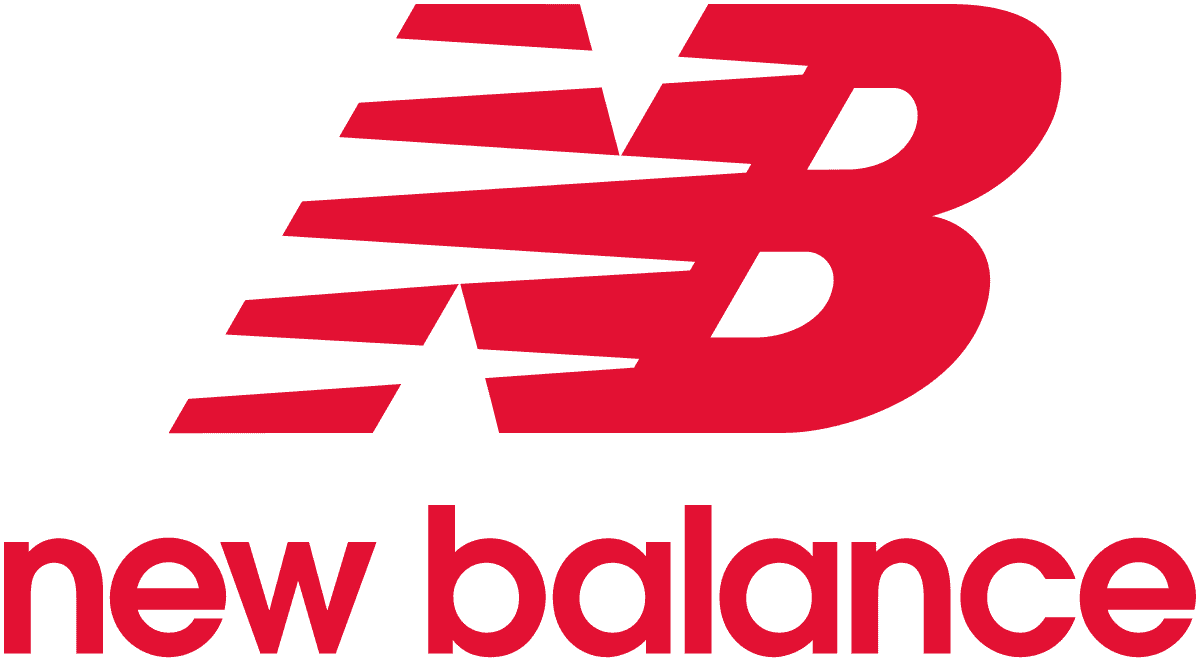

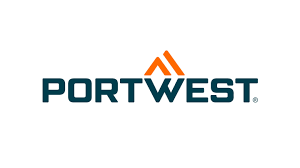

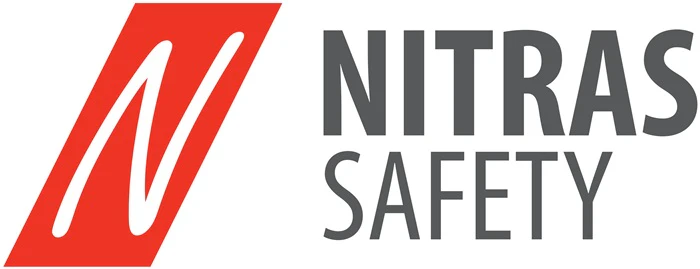





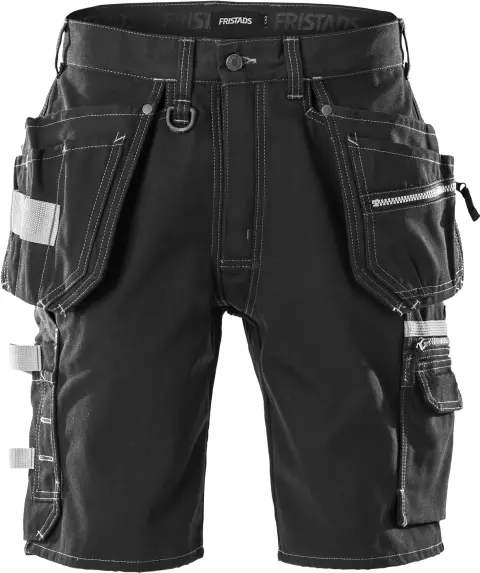
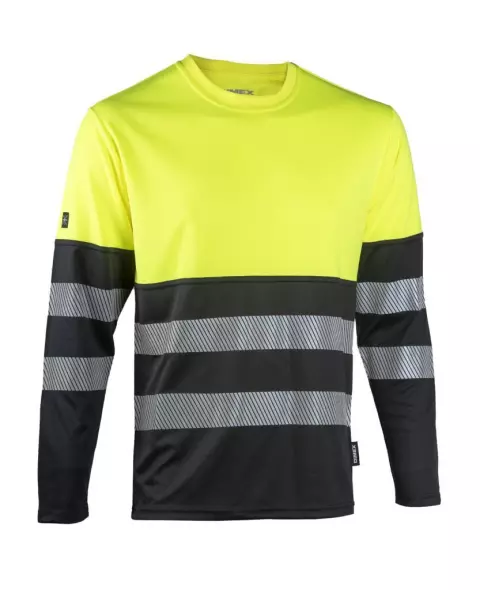
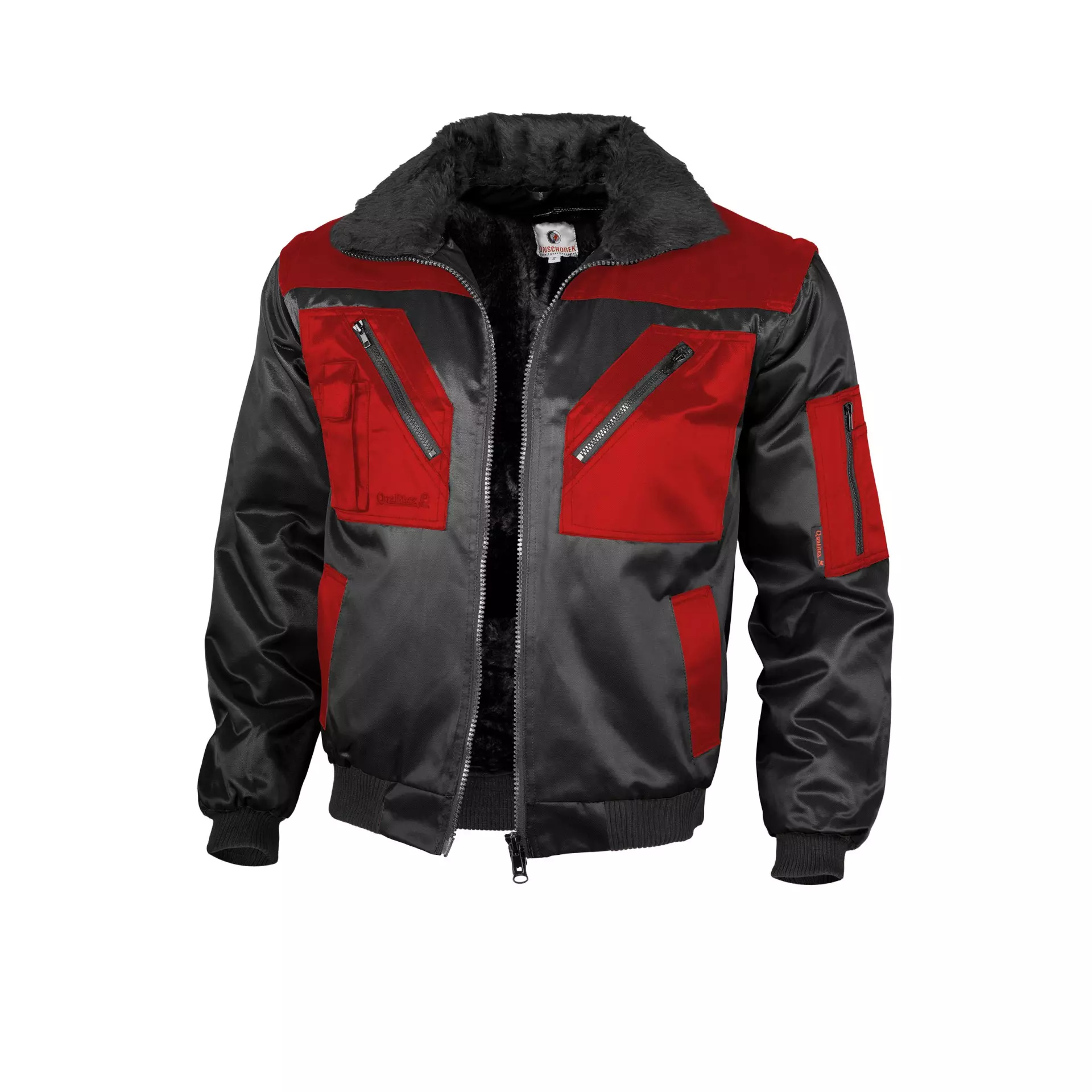
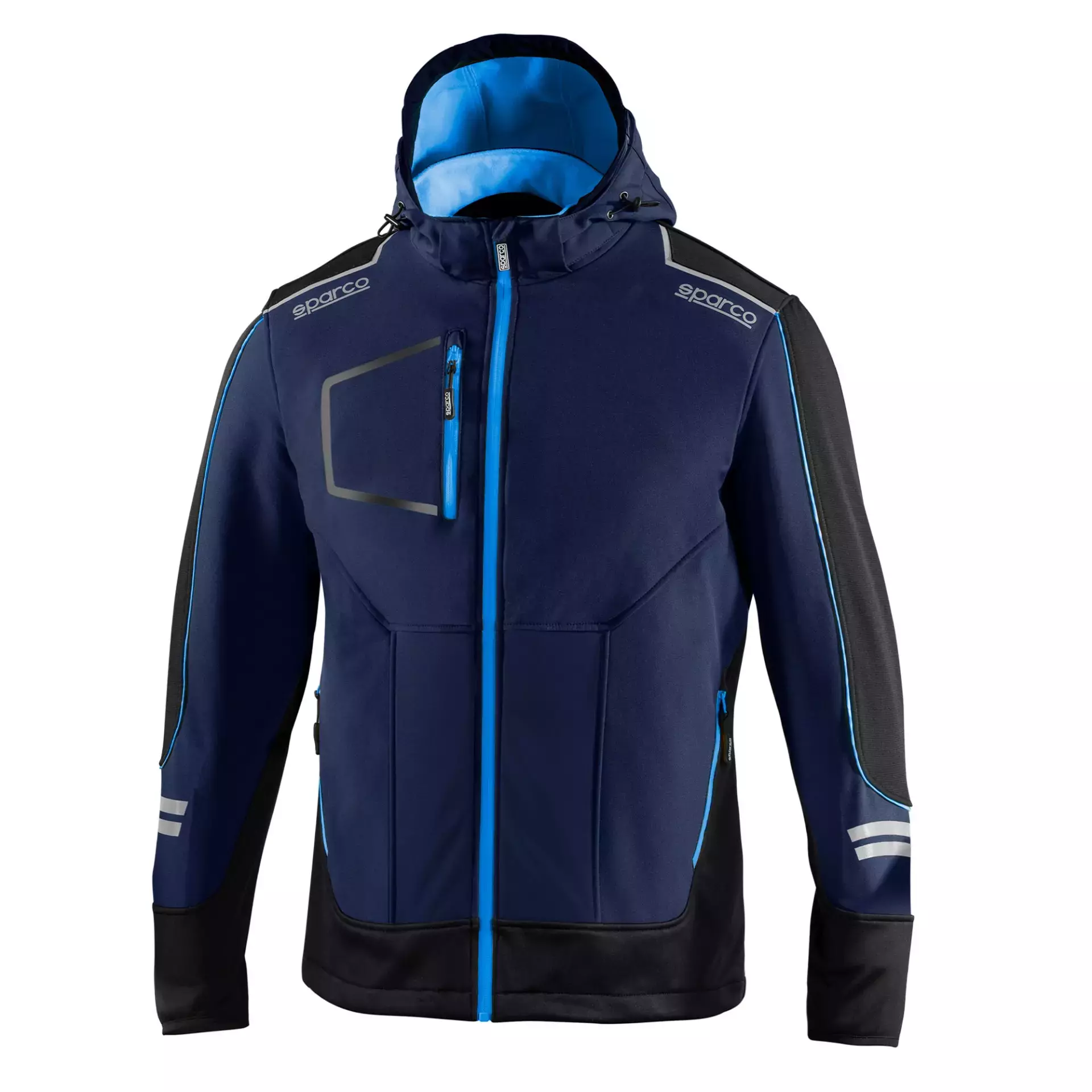





Overwhelmed by PPE options for food safety? Master your PPE selection for food workers safety with these practical tips.

Electricians across Europe face unique challenges that require reliable safety glasses to ensure both protection and efficiency. Whether safeguarding against...

Struggling to maintain clear vision in demanding environments? This guide is here to help. By the end, you’ll know exactly...

Overwhelmed by PPE options for food safety? Master your PPE selection for food workers safety with these practical tips.

Electricians across Europe face unique challenges that require reliable safety glasses to ensure both protection and efficiency. Whether safeguarding against...

Struggling to maintain clear vision in demanding environments? This guide is here to help. By the end, you’ll know exactly...
Get 20€ off on your first order!
Save 30% by buying directly from brands, and get an extra 10€ off orders over €100
Save 30% by buying directly form brands, and get an extra 10€ off orders over €100